NYC in Phase 4
New York City has finally reached Phase 4 which was a challenge due to the Covid-19 Pandemic killing hundreds and infecting thousands. A lot has changed and many things have reopened since Phase 4 has taken place. However, several places still remain close with no timetable in sight of when they might reopen.
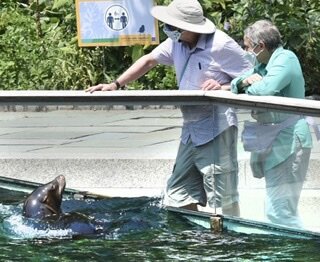
New York City has finally reached the end of a long race. Phase 4 began in New York City on Monday July 20th. This is the last phase in the process to recovery from the pandemic which killed hundreds and infected thousands in the city just three months ago.
While much of the rest of the state was able to jump into Phase 4 much sooner, getting to this stage in “the city that never sleeps” has always been a challenge. Gov. Andrew M. Cuomo called Phase 4 a “hallmark.”
“There are no more phases,” he said. “We are all in the final phase of reopening. And that’s great.”
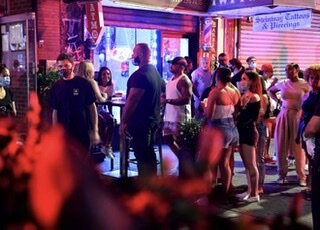
Phase 4 does sound great, but in a city like New York things have been far from normal. People are still required to wear masks at all times, social distance, some stores are allowing shoppers inside while others are choosing to do curb-side pick up, and restaurants/bars are only allowed to dine outside. Doesn’t sound normal to you right?
Some states have suffered consequences from opening up too quickly resulting in a limited number of daily activities. So what does Phase 4 look like? Heres’s a full breakdown on openings and closures.
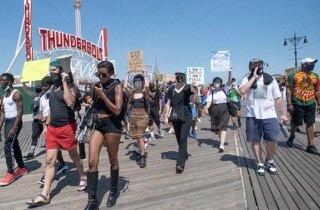
What’s allowed:
For the most part, cultural venues, like zoos and botanical gardens, can open for outdoor activities at 33 percent of the venues’ total capacity. Four city zoos and the New York Botanical Garden have announced that they will open to the public by the end of the month, while the Brooklyn Botanic Garden will open to the general public in early August.
Pools have also reopened with masks and social distancing rules still in effect.
Professional sports can resume, but without fans. Media production has also resumed. That’s in addition to all of the other things that have reopened in previous phases such as outdoor dining, offices and personal care services, including hair and nail salons.

What’s left out Indoor dining is still not permitted, this comes since there has been a spike in outbreaks raging elsewhere in the country.
Restrictions have gotten tighter with officials last week banning the sale of alcohol to customers who do not also buy food, in an attempt to crack down on crowds of outdoor drinkers.
The reopening of gyms, malls, movie theaters and museums have been left out of Phase 4.
So what’s next?
There’s no timetable in sight for when and how those venues might reopen. Governor Cuomo clarified last Friday that the state is bracing for the “potential for a second wave.
Let’s just hope and pray that doesn’t happen.
All pictures are from: https://nypost.com/2020/07/24/the-city-heats-up-and-reopens-more-in-phase-4-the-posts-week-in-photos/#1
Report: Juana Norales
Instagram: @juana.n_
Being a black gay creative for me feels liberating but at the same time there’s pressure. Pressure in needing to express yourself to a white society, that you are enough; what feels like having to explain my existence. having to explain why who I am and the art I produce is more than a hyper sexual view, but just what it is, art - expression, my expression.
Summer is here and it’s important for every woman to feel beautiful in their own skin. Support these amazing companies that offer some beautiful swimwear pieces that will leave you feeling confident and vibrant.
It's always been important to support black designers, but amid a pandemic and sociopolitical crisis, these black artists and business owners need your support now more than ever!
While people have shown concern for the rapper, others have taken the opportunity to make jokes about the incident. Within the last couple of months, the topic of how Black women are marginalized in society has become more prevalent.
The sudden worldwide shift to Digital Fashion Weeks has engendered confusion and ambivalence among designers and fashion brands, particularly in regards to the content of their promotional videos.
After witnessing the backlash from Simone Biles Vogue cover I had to sit aside and ponder: Why is it so challenging for some photographers to capture the beauty of black skin/people? Our undertones, our glow, even the texture of our hair. So, like always I went looking for methods to best capture dark skin.
This spicy blackberry and plum sauce recipe was a push for something different and will now be my go to condiment for the summer season.
Black women die at a rate three times higher than white women when giving birth. The death of Sha-Asia Washington has shown the racial disparities Black women face in childbirth.
Shoot for the Stars Aim for the Moon is the first posthumous album to reach No. 1 since 2018. Pop Smoke and XXXTentacion are two of the four hip-hop artists with posthumous No. 1s. They follow The Notorious B.I.G. and 2Pac, who each have three posthumous leaders. R.I.P to the Woo.
To be black and well can mean a lot of things, but should definitely include #Skincare #Meditation #BlackReading among many other things, daily! #BlackLivesMatter #HealthAndWellness #AmplifyBlackVoices
Ib Kamara Celebrates "Future, Community, Beauty, and Blackness" in Browns' "Family Affair"
What we wear should make us feel good, especially for our moms to be. Finding the perfect pair of jeans and tops can be tough, and for pregnant women, even harder. Read more to see some great places to shop tha
Among the many other issues surrounding diversity and inclusion within the fashion industry, it's important to acknowledge the failings of the system that produces fashion industry practitioners; the university.
Starting a nonprofit organization can be a great way to give back to people in your local area or to help those who feel a strong affinity for it.
Most people want their home to be a comfortable place where they can relax and spend time with their family. However, many people don't realize that there are some simple updates they can make to their home to create a more comfortable environment.
If you are keen to look your very best at all times, and you are aware that this might require that you are putting a certain amount of effort into it, then you might find it helpful to know about some of the essential aspects to beauty that can help here.
We all know that having a cellphone is important. But what many people don't realize is just how important it can be to have the right contacts stored on your phone.
You want to be a model. You've seen the magazines, the billboards, and the online ads. You know that this is your dream career, and you're ready to do whatever it takes to make it a reality.
Outside of the learned number of the usual emergency services you may need to use from time to time, it’s important to think ahead to contacts and services that you could utilize quickly should you need them.
Everyone wants to look great, and a lot of effort is put into making that happen. However, it's worth noting that no matter what you do, if you're not feeling great, you won't look as fabulous as you could.
Your wedding day is one of the biggest days of your life, so it's more than likely you have found yourself planning the event in your mind many years before your hubby chose to pop the question!
Self-care is something that everyone needs to learn how to do. From taking care of your mental health to taking care of your physical well-being, it’s important to take time for yourself and make sure you’re doing all the things you need in order to feel good.
After working hard all your life, retirement can seem like an exciting prospect. Having the freedom to choose how to spend your time and not needing to set the alarm to get up each morning can bring a strong feeling of freedom, which many people look forward to.
Privacy in the Public Sphere and the Man on a Bridge
When a man threatened to jump off the Brooklyn Bridge, arguments sparked online over whether or not the situation should be publicly documented on social media.

On May 22, NYPD scaled the Brooklyn Bridge in an attempt to secure a man who was threatening to jump off. The man stayed perched on the Manhattan-side tower of the bridge for three hours as cops negotiated with him. At 3 p.m., officers were able to convince him to voluntarily come down before taking him into custody.
“Brooklyn Bridge” was trending on twitter as the negotiations were happening. The tag was full of tweets from onlookers who were posting their worries, wishes, and opinions on the man as he smoked cigarettes from atop the tower.
Arguments sparked over posts that contained photos and videos taken by those watching the scene. Many claimed that openly posting such images was disrespectful to the suffering of the man; these criticisms were often countered with the idea that because the man decided to do this in a public setting, it was a given that there would be people posting recordings.

Reliance on recordings has become commonplace; culture has become largely intertwined with society’s need to digitally collect memories, moments, and events. This though brings up the question of what is and isn’t proper to document, as well as the issue of what is personal when it is put in a public space. Technological documentation has desensitised the public by normalising the expectation that there is no privacy in the online world. Empathy has become overridden by a need to expose and produce.
It is with moments like these, moments in which a human’s suffering is put on full display, that it is important to disconnect from screens and be mindful that there is a beating heart behind every pixelated face. The man on the bridge came down alive, but many do not make the same decision he did. Remembering that everyone should respect the privacy of other’s emotions and humanity can help those in pain heal, move on, and be safe.
Photo credit 1: https://www.nycgo.com/articles/guide-to-the-brooklyn-bridge
Photo credit 2: https://isorepublic.com/photo/capturing-sunset/
Report: Nicolette Schneiderman
At the rise of Covid-19 many of us first questioned the timeline of fashion week and would we see the regular calendar continue - the question weighed over many of us for months! It was refreshing to see design houses and designers across the globe take advantage of the uncertainty and plow into production mode - thus my interest in Jerri Reid New York - The Black Designer based in Brooklyn New York wow’d instagram with his latest collection paying homage to the Black Is King film which debuted earlier this year in July. I was taken aback at quick of a turn round the young designer produced and released his well crafted designs reflecting some of the films most memorable moments.
Being a black gay creative for me feels liberating but at the same time there’s pressure. Pressure in needing to express yourself to a white society, that you are enough; what feels like having to explain my existence. having to explain why who I am and the art I produce is more than a hyper sexual view, but just what it is, art - expression, my expression.
Summer is here and it’s important for every woman to feel beautiful in their own skin. Support these amazing companies that offer some beautiful swimwear pieces that will leave you feeling confident and vibrant.
It's always been important to support black designers, but amid a pandemic and sociopolitical crisis, these black artists and business owners need your support now more than ever!
While people have shown concern for the rapper, others have taken the opportunity to make jokes about the incident. Within the last couple of months, the topic of how Black women are marginalized in society has become more prevalent.
The sudden worldwide shift to Digital Fashion Weeks has engendered confusion and ambivalence among designers and fashion brands, particularly in regards to the content of their promotional videos.
After witnessing the backlash from Simone Biles Vogue cover I had to sit aside and ponder: Why is it so challenging for some photographers to capture the beauty of black skin/people? Our undertones, our glow, even the texture of our hair. So, like always I went looking for methods to best capture dark skin.
This spicy blackberry and plum sauce recipe was a push for something different and will now be my go to condiment for the summer season.
Black women die at a rate three times higher than white women when giving birth. The death of Sha-Asia Washington has shown the racial disparities Black women face in childbirth.
Shoot for the Stars Aim for the Moon is the first posthumous album to reach No. 1 since 2018. Pop Smoke and XXXTentacion are two of the four hip-hop artists with posthumous No. 1s. They follow The Notorious B.I.G. and 2Pac, who each have three posthumous leaders. R.I.P to the Woo.
To be black and well can mean a lot of things, but should definitely include #Skincare #Meditation #BlackReading among many other things, daily! #BlackLivesMatter #HealthAndWellness #AmplifyBlackVoices
Ib Kamara Celebrates "Future, Community, Beauty, and Blackness" in Browns' "Family Affair"
What we wear should make us feel good, especially for our moms to be. Finding the perfect pair of jeans and tops can be tough, and for pregnant women, even harder. Read more to see some great places to shop tha



















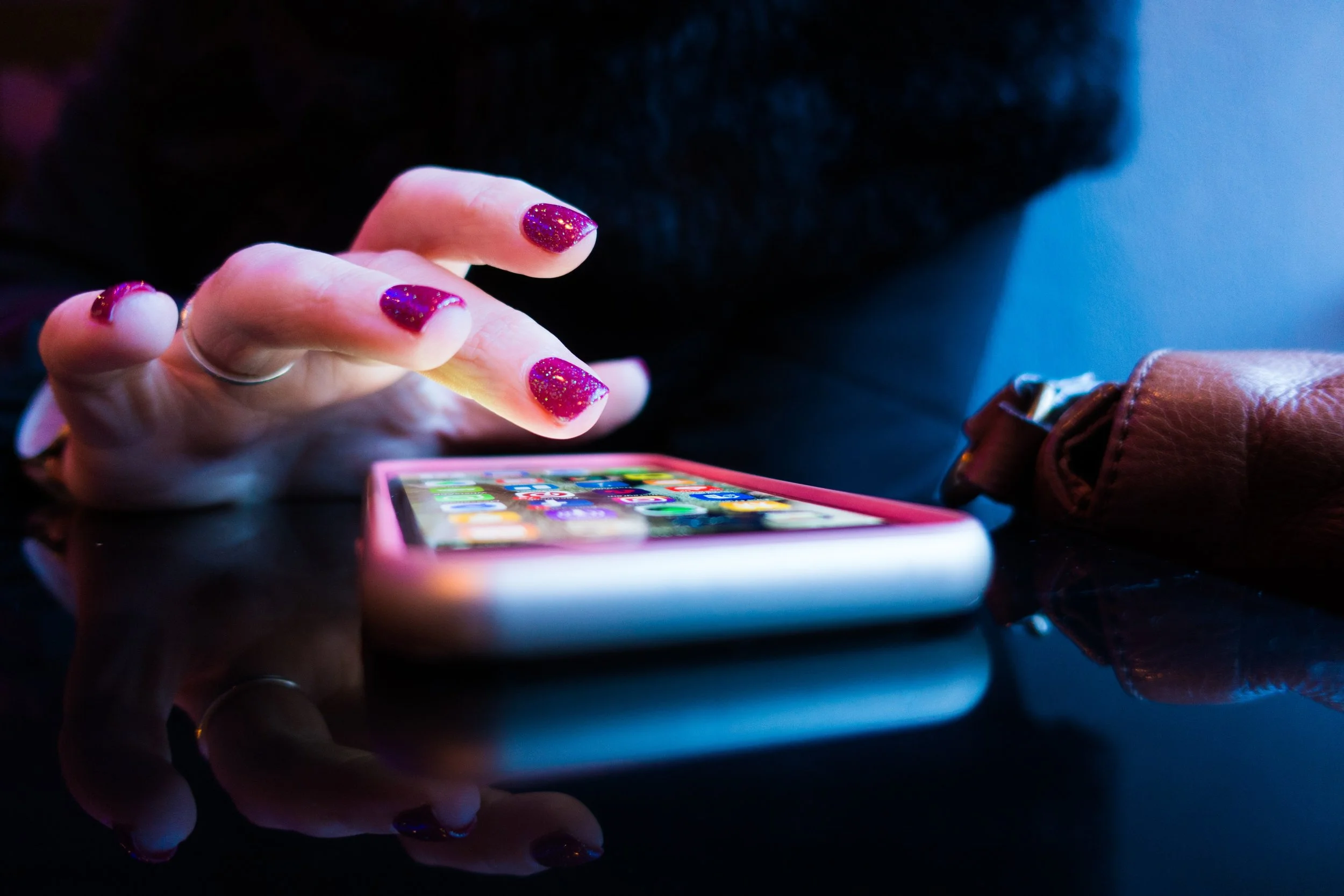

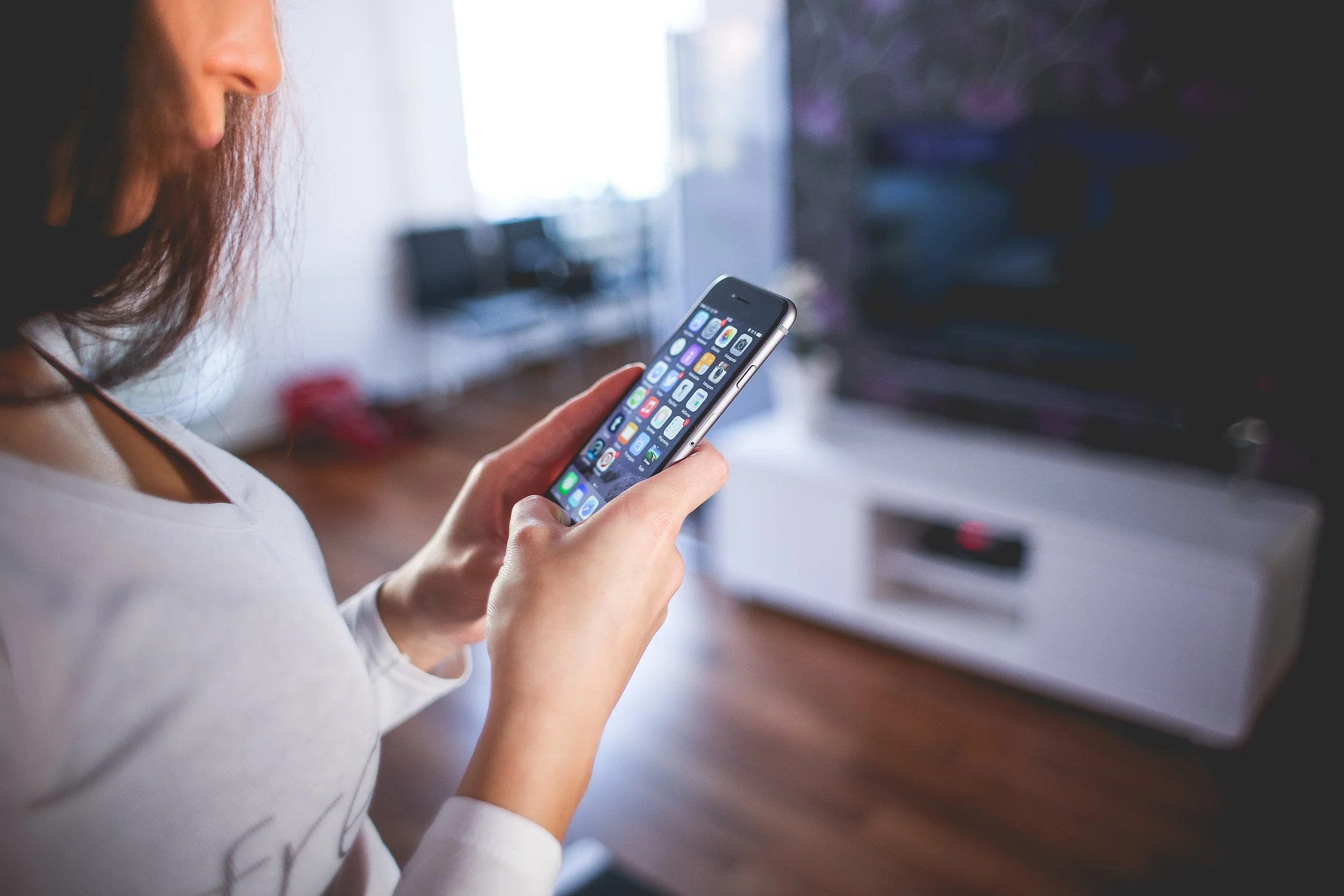
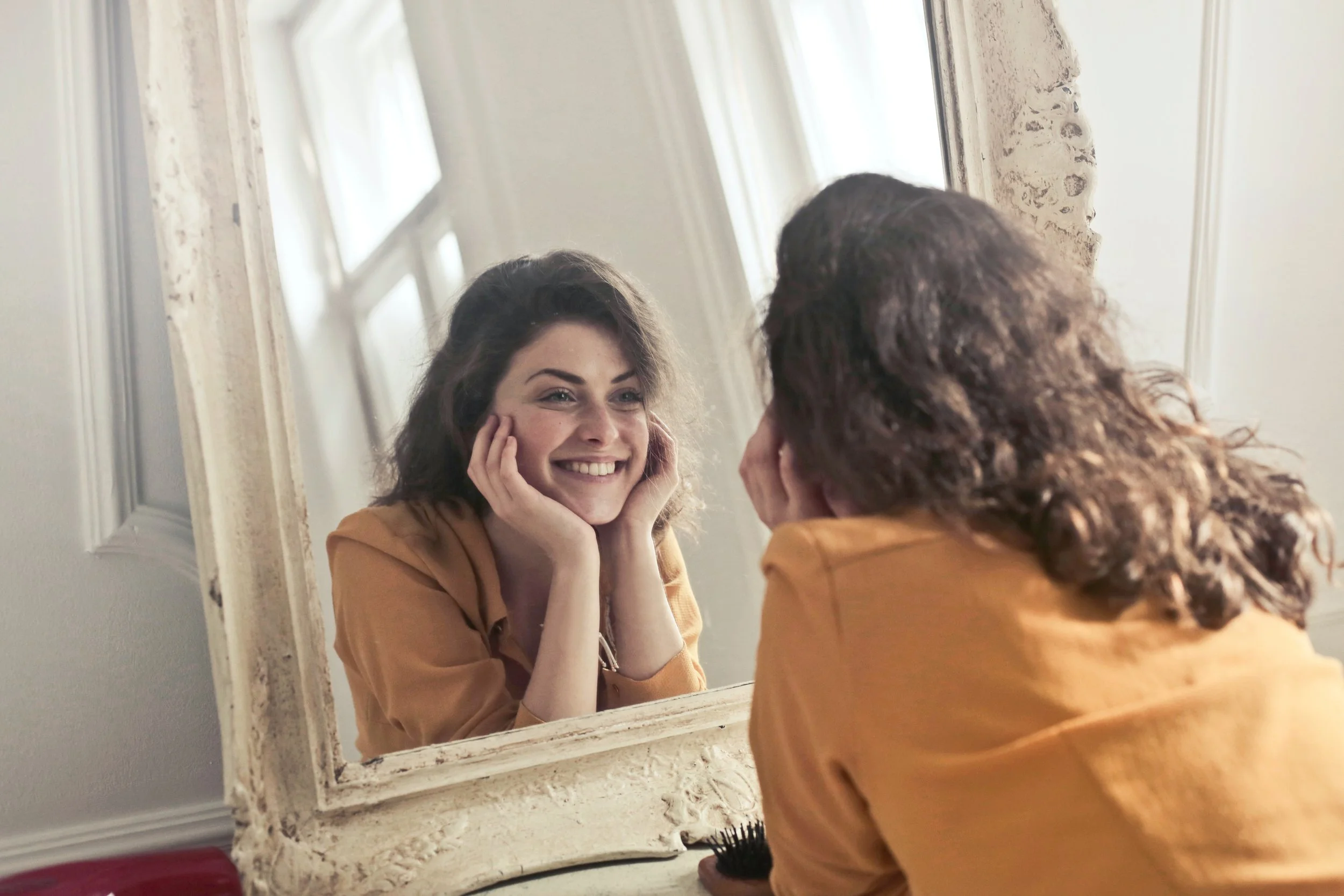


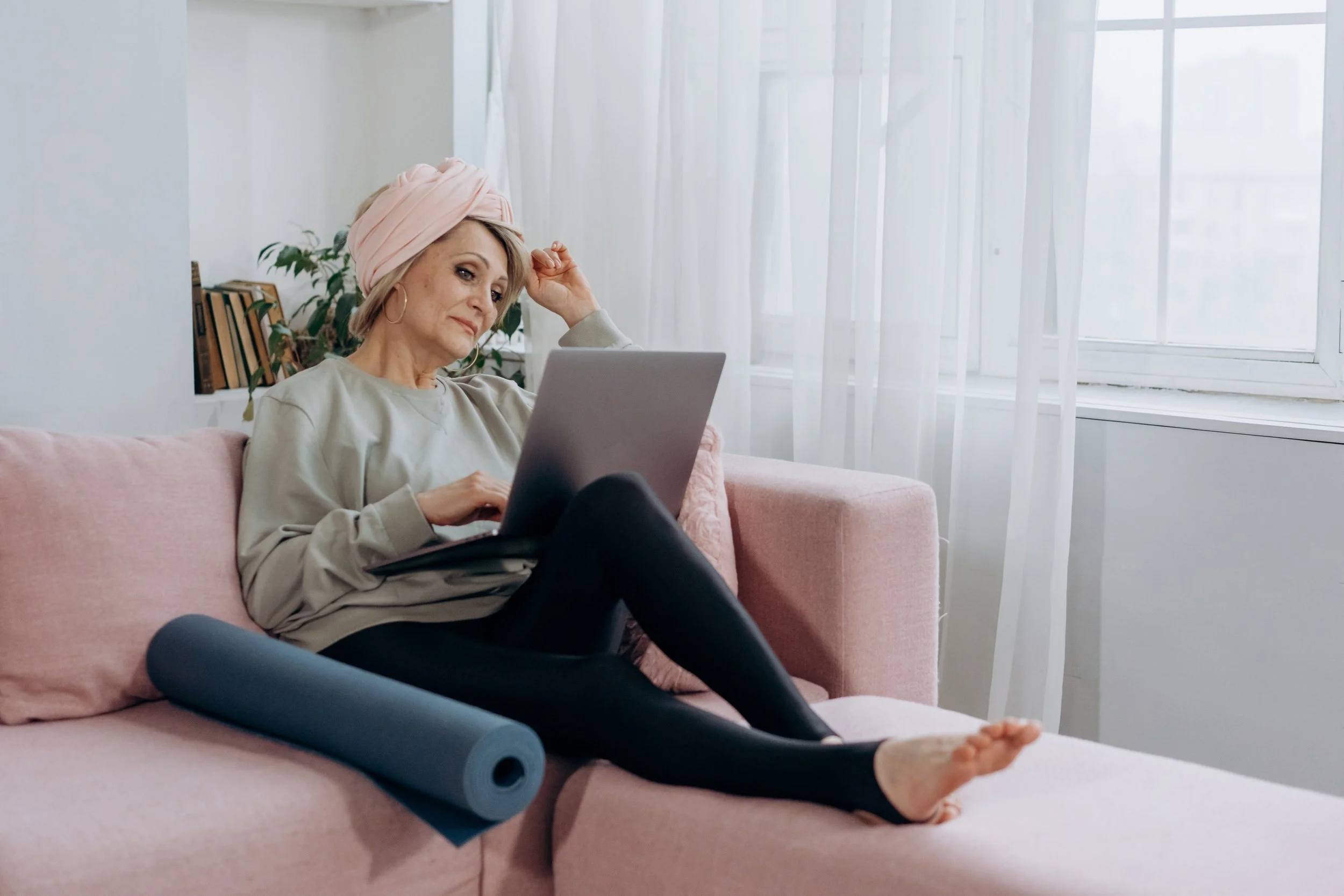











At the rise of Covid-19 many of us first questioned the timeline of fashion week and would we see the regular calendar continue - the question weighed over many of us for months! It was refreshing to see design houses and designers across the globe take advantage of the uncertainty and plow into production mode - thus my interest in Jerri Reid New York - The Black Designer based in Brooklyn New York wow’d instagram with his latest collection paying homage to the Black Is King film which debuted earlier this year in July. I was taken aback at quick of a turn round the young designer produced and released his well crafted designs reflecting some of the films most memorable moments.